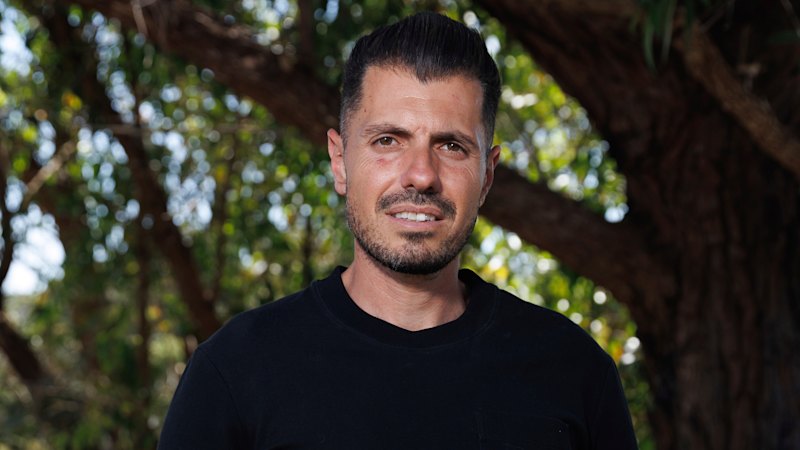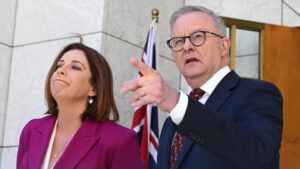
Australia has introduced its first clinical guidelines for managing male infertility, aiming to improve early detection and treatment for men facing fertility issues. The new framework is set to assist the estimated one in 20 Australian men who experience treatable reproductive health problems, such as varicocele, a condition that can hinder sperm production.
The guidelines, developed by a team of experts and published on the government-funded website Healthy Male, recommend that general practitioners (GPs) conduct simultaneous evaluations of both male and female partners when couples encounter difficulties conceiving. This approach is crucial since male infertility is a contributing factor in almost half of all fertility cases, yet men often remain undiagnosed while their partners undergo extensive testing.
A personal account underscores the importance of these guidelines. John Paul Abi-Khattar, a project manager from Western Sydney, recalls the discomfort of his initial examination. Following a diagnosis of varicocele, which he described as a treatable condition involving swollen veins around the testicle, he underwent surgery that has since allowed him to have three children with his wife, Natalie. “It was a quick procedure,” Abi-Khattar shared. “I was in and out within hours.”
Transforming Male Fertility Treatment
The new guidelines include mandatory physical examinations of the testes as part of initial assessments in primary healthcare settings, in addition to semen analysis. This comprehensive approach aims to identify significant issues that may affect fertility, moving away from the previous trend of primarily focusing on women’s health assessments.
Dr. Shannon Kim, a urological surgeon, emphasized the need for timely intervention. He noted that severe cases of varicocele can present with symptoms such as a “bag of worms” sensation in the scrotum and can lead to complications like reduced sperm count. “We’ve known about varicocele since ancient times, yet the treatment has evolved,” Kim stated. Modern surgical techniques are less invasive, improving outcomes and comfort for patients.
With these new practices in place, men will face fewer delays in receiving necessary fertility treatments. The guidelines also encourage regular testicular self-examinations for men up to the age of 55, enabling them to monitor their reproductive health actively.
Encouraging Open Conversations About Male Fertility
The introduction of these guidelines is expected to foster greater awareness and discussion surrounding male infertility. Professor Luk Rombauts, medical director of Monash IVF, highlighted that men often feel uncomfortable discussing fertility issues due to associated stigma. “This can lead to feelings of shame, and it’s essential for GPs to facilitate these conversations,” he remarked.
Dr. Karin Hammarberg, a women’s and global health expert, echoed this sentiment, noting that the historical focus on female fertility has overlooked the male partner’s role. “This shift in attention is both timely and necessary,” Hammarberg added.
As awareness grows and more couples seek support, the new guidelines may lead to an increase in successful conceptions without the need for donor sperm, providing hope for many families struggling with infertility. The collaborative effort to establish these protocols represents a significant advancement in reproductive health within Australia.
In a landscape where fertility challenges can often feel isolating, the introduction of clear, actionable guidelines marks a positive step toward comprehensive care for all partners in a couple’s journey to parenthood.







